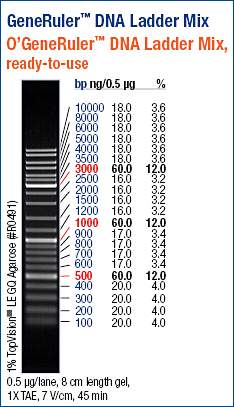After the failure of the prep-scale PCR for the RAD library construction, Katherin Silliman pointed out a potential problem (too much dNTPs). This was odd because I was following the Meyer Protocol and I used what was indicated.
Oddly, it turns out that Katherine’s version of the Meyer Lab 2bRAD protocol differed from what I had download. To add to the confusion, both protocols have the same file name. Here’s what I’m talking about:
The file on the left is the one I was using and the one on the right is the file Katherine is using (NOTE: The file name’s aren’t exact because they were saved to the same directory and the numbers in the parentheses were appended to the file name automatically)
I’ve updated our copy of the protocol in our GitHub account. However, Katherine informed me that she’s just been pulling up the Meyer Lab page to reference the protocol. So, it’s possible they made a change to the file after I initially downloaded it, but the change wasn’t indicated in the file name.
http://people.oregonstate.edu/~meyere/docs/
However, when discussing with Katherine, she made a good point and said she just scaled up the test-scale PCR. Since the test-scale PCR was successful, she didn’t see a need to make any changes.
Will try this procedure again with the correct protocol; probably by scaling up the test-scale PCR.


